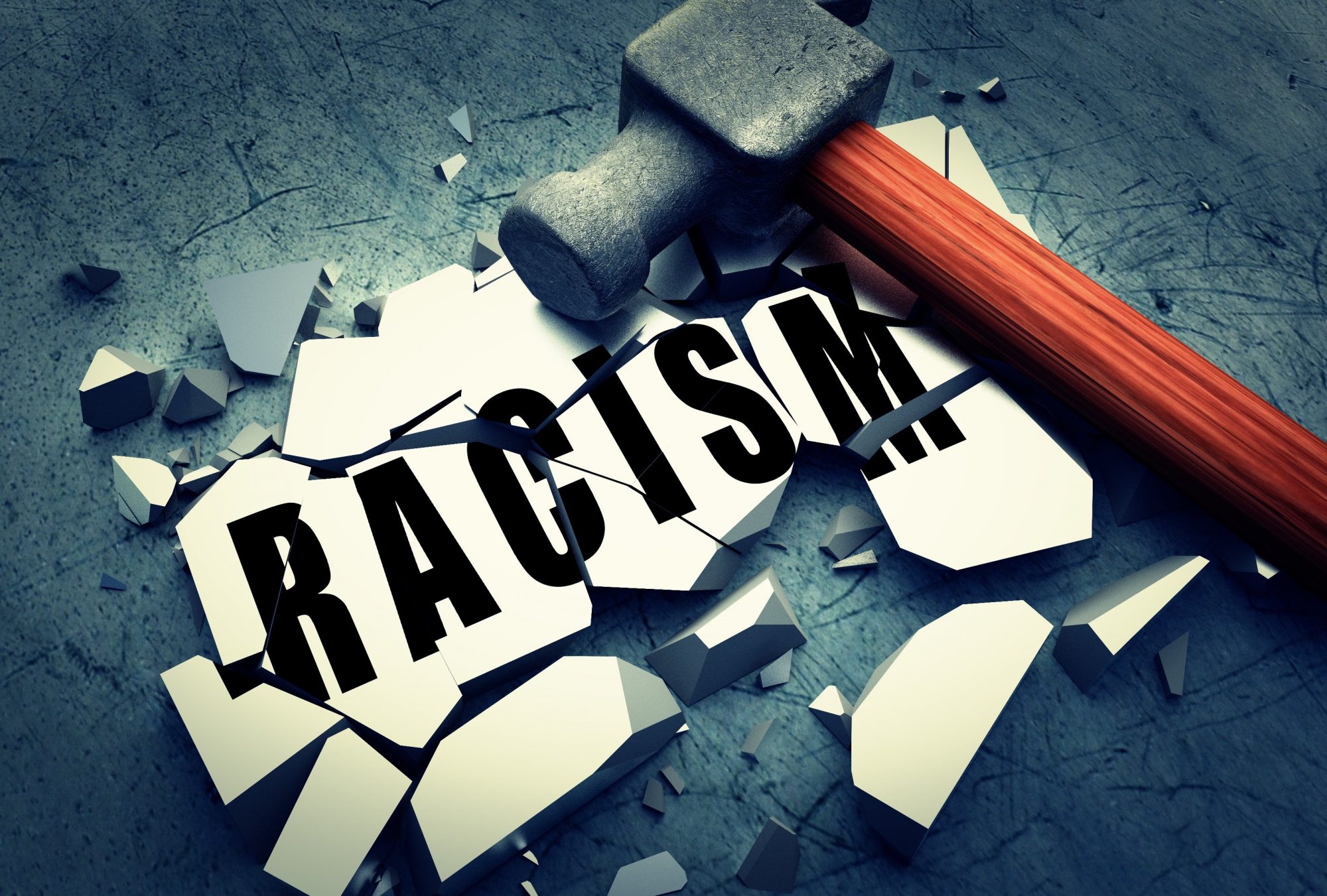Jada and I presented on the topic of white fragility. White Fragility is a term coined by DiAngelo, author of White Fragility, to describe the “discomfort and defensiveness on the part of a white person when confronted by information about racial inequality and injustice.” Her book illustrates why it is so hard for white people to talk about racism and details the defense mechanisms white people often use when they experience discomfort surrounding race-based conversations. White fragility is characterized by feelings of anger, fear, and guilt, and it is manifested in reactions of anger and silence. These behaviors prevent cross-racial conversations about race and racism. DiAngelo proves that whites don’t see themselves in racial terms and don’t draw attention to their race or behave as if it mattered. Conversely, race is one of the first characteristics noticed by a white person when meeting a person of color. The white person links stereotypes to people of other races while denying their own involvement in the system. Because of the western ideologies of individualism (whites seeing themselves as unique beings who stand apart from others, even within their social groups) and objectivity (the idea that it is possible to be free from all bias), it becomes more difficult for white people to explore the collective aspects of the white experience. It also becomes status quo to avoid racial conversations that create discomfort, but DiAngelo argues that these open dialogues are the only way to challenge white fragility.
In our facilitated discussion, Jada and I introduced the idea of the author’s credibility. Does DiAngelo have the right to speak on behalf of the black community? An how does DiAngelo’s whiteness contribute to the the style and message of the book? What would change if the book were written by a person of color? I enjoyed our class conversations surrounding these questions because everyone held different opinions, especially in regard to the right of a white person to speak up for or on behalf of a person of color. While some students argued that whites should speak up for black people because they hold the position of societal dominance and thus may have more influence, others believed that a white person should not speak for a person of color because this perpetuates white privilege and the white person does not fully understand the perspective of the person of color.
My favorite part of the presentation was the video we showed to the class. This was the Pepsi commercial featuring Kendall Jenner that suggested that a soda can could solve racism and police brutality. The class reacted in an uproar, noting the absurdity of the commercial and its complete lack of reality. Kendall Jenner cried when she received backlash for her role in the video. I thought this connected well to DiAngelo’s theme of white women’s tears: how when white women cry over issues of race they take the necessary attention away from the act of racism itself. Kendall Jenner’s reaction detracted from the invalid message in the commercial and caused the audience to pay more attention to her than the commercial.
Following this week’s dialogue, I was left considering the ways in which white fragility contributes to white privilege and how white people can act as allies without overstepping boundaries.
